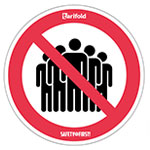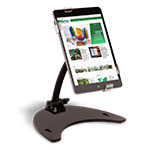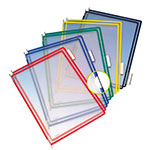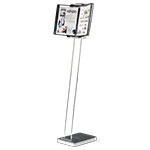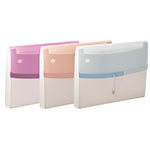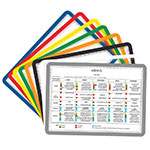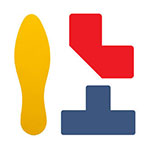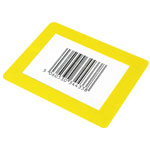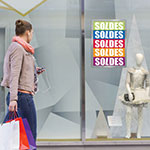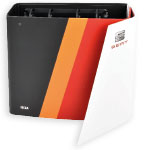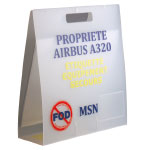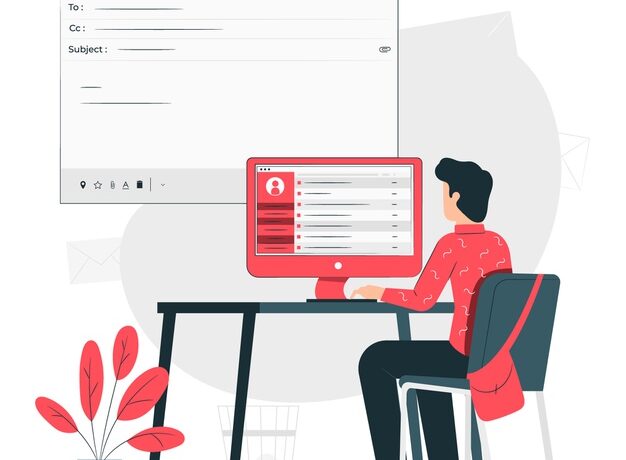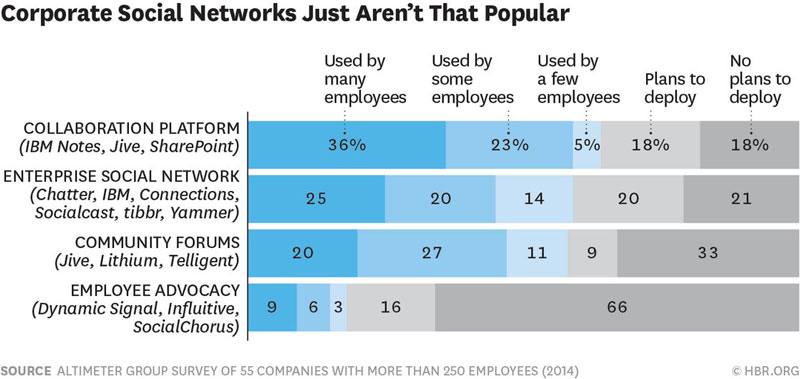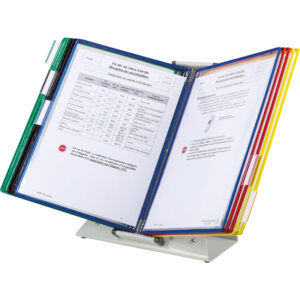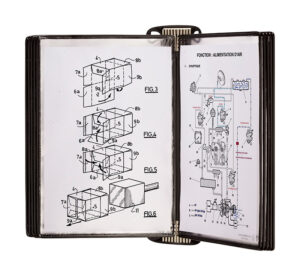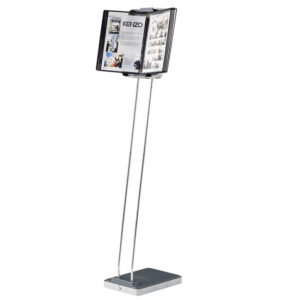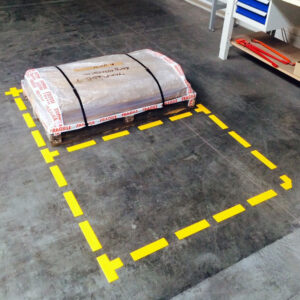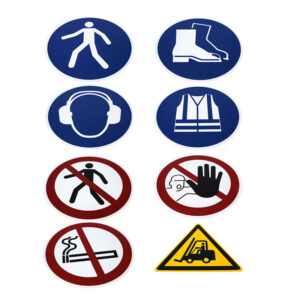This article is the second part of the article on the presentation of information relay tools. The tools have been classified according to their channel: print, signage, digital, face-to-face and other. This article will examine digital, face-to-face and other types of channels.
DIGITAL
1. Information email
The information e-mail is a static information relay tool, i.e. the information cannot be modified once sent. The transmission of information via email leaves a trace. It is possible to refer to an e-mail to check the information, the date or find the sender. Consequently, this tool is often used to transmit important information between employees or between companies, such as the correct receipt of goods or the launch of a production run.
Two other advantages are: practicality and instantaneity. It is easy to write and immediately transmitted and received.
Nevertheless, it is necessary to write clearly and distinctly to ensure a good understanding and interpretation by readers.
Also, in most companies, employees receive an overwhelming amount of e-mails per day. In fact, the Harvard Business Review of France estimates that “E-mail occupies 23% of the working time of an average employee who, himself, sends or receives 112 e-mails per day.” It is therefore important to limit the number of e-mails sent so as not to pollute the recipient. When possible collate information to limit the number of emails that need to be sent. (sources)
2. Internal newsletter
The internal newsletter keeps employees informed about the life of the company. Information on HR (skills upgrades, new arrivals and upcoming departures), on company performance (bids won, new partnerships or the results of a quality audit), or on general information related to the company (a new meeting room available or the progress of work), can be transmitted there.
It differs from the company newspaper by its digital nature. The company newspaper has the advantage that it is easier for employees to keep it at hand. However, it takes more time to design and distribute than a newsletter. It also takes more time to read because the content is more elaborate. A newsletter however has the advantage that video elements can be transmitted.
The internal newsletter is usually static, but it is possible to create interactions by using polls or redirection links.
The information is the same for everyone. Nevertheless, it is necessary to ensure that all employees have access to a regularly consulted messaging system for this to be effective.
3. Intranet
The intranet is an internal computer network specific to the company or organisation. It is generally custom-built to meet the needs of the company.
Its main function is to centralize all types of information, including company performance indicators, human resources information, projects, communication campaigns, events, etc…
It allows for easier exchange between collaborators, either by creating information notes, transmitting documents or by instant messaging.
It can also include access to applications used within the company, such as for inventory management, employee timetables, revenue tracking or socialising.
In addition, the exchange of information can be top-down (information is transmitted by the top-managers to lower level employees) and bottom-up (information is reported by lower level employees to top-managers).
On the other hand, the creation of an intranet generates costs and requires a lot of investment in terms of time for its implementation. It will also be necessary to guide employees in its use and to encourage them to use it.
4. Corporate social networks
A corporate social network is a platform for communicating and exchanging for professional purposes between people belonging to the same organization.
The main objective is the decompartmentalization and collaboration of services with the fluidity and immediacy of communication between collaborators. It aims to improve collaboration between people working in different departments within the company.
It generates implementation costs, and imposes compliance with certain legal rules, particularly those related to the protection of individual data and privacy. (source)
An article in the Harvard Business Review indicates that its use is not as important as anticipated or intended. Indeed, 25% of corporate social network tools are used by many employees, 20% by some employees, 14% by a few employees, 20% of companies have plans to deploy them and 21% have not.
The same article indicates that the non-use of collaborative networking tools by collaborators may be linked to top executives not using them themselves. Leadership participation is crucial for collaboration. (source)
5. Mobile applications
The company can also choose to communicate via an enterprise mobile application. The objective is to allow each employee to access internal information easily and on the move without location constraints thanks to a smartphone. Employees can interact, train, or find geolocated practical information, such as daily menus from nearby restaurants.
Creating content for a mobile application, compared to a printed newspaper, requires less time due to the limited length of the content. A mobile application typically offers shorter content, with many images and graphics.
In addition, a mobile application can be fully customized by the company, which inserts relevant content categories based on its DNA and industry.
A chat platform can also be integrated, for instant access to employees at any time, such as during meetings ro business trips.
Nevertheless, creating an enterprise mobile application requires a certain investment, as well as specific skills, which are often outsourced to a service provider. However, the medium- and long-term budget is lower than that of many other media, especially the printed newspaper (costs in terms of content creation time and printing time). (source)
FACE-TO-FACE
1. “Pause-café”, “tea time”, “fika”
Every culture has its moment of informal exchanges within the company. The English have their “teatime”, the Swedes their “fika”, the French their “pause-café”.
According to Le Figaro, 81% of French employees believe that a coffee break “would encourage the exchange of ideas and mutual aid among employees who can then talk about any problems they have encountered. »
The “fika”, a Swedish word derived from “kaffee” (coffee), evokes a daily break, a moment of exchange, creativity and relaxation between teams. (sources)
2. Meetings
Meetings allow a message to be delivered to an entire team at the same time and provide the opportunity for employees to ask questions. Information generally flows top-down.
Usually, a meeting deals with only one topic at a time, whether it’s the appointment of a new manager, the takeover of another company, setting objectives, project management, etc.
The larger the number of invited collaborators, the more complex its organization. Indeed, the meeting location must allow to welcome all participants, the chosen date must allow each person concerned to attend, and the means must be considered as well (example: need to project a presentation support). (source)
3. Word-of-mouth
Word-of-mouth is a significant channel of information transmission in companies. It is spontaneous and is generally not mastered by the company. Employees’ interpretation of a message can distort the information over time and create misunderstandings. Another downside to word-of-mouth is negative gossip. Therefore, the company must know how to control word-of-mouth within its company to make sure the right messages get passed around. A future article will deal with this subject. (source)
OTHER
1. Display systems
Display systems allow the transmission of detailed information, often requiring several pages. In fact, a display system can be similar to a catalogue of 10 to 60 pages, whose sheets are easily and individually replaceable.
Display systems are mainly used in the industry and medical fields, in shops, restaurants, hotels and more generally any type of establishment receiving the public. Their main advantage lies in the completeness of the information transmitted. In addition, the person seeking information is autonomous in his search for information.
2. Idea suggestion box
The suggestion box is a source of participative innovation in companies. Employees share their suggestions, then these suggestions are filtered, and some are implemented.
The use of a suggestion box allows the gathering of innovative ideas, proposed by people who know the company and its environment well. Innovation emerges from everyone and everywhere. Moreover, the idea box reinforces employee engagement and a feeling of belonging to the company, especially when a suggested idea is adopted.
Nevertheless, as the idea box is a freely accessed tool, the outgoing information does not always respect the principle of the tool. Indeed, it is common to find derogatory comments on management, complaints, or even insults. Moreover, setting up this kind of tool requires time and regular follow up as well as resources to implement selected projects. These two disadvantages are the main obstacles to the implementation of a suggestion box. (source)
3. Pictograms and floor markings
Companies and administrations, as well as any establishment receiving the public, also use universal communication tools such as pictograms and floor markings to communicate visually on any safety and hygiene issue.
Floor marking stripes or symbols such as steps, crosses and arrows, indicate the direction of traffic, delimit dedicated spaces, draw privacy boundaries and inform about safety in a universal language.





